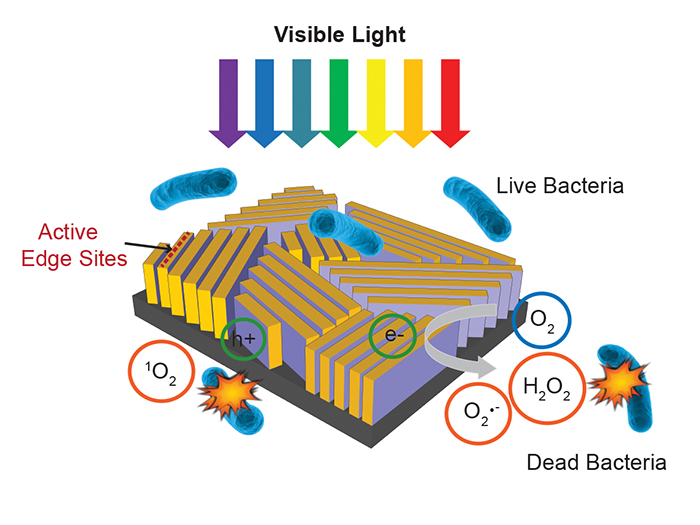
Scientists have developed a tiny device the size of a postage stamp that can kill 99.99 percent of bacteria in water in just 20 minutes.
Exposing contaminated water to sunlight can naturally clean it up – because UV rays blitz germs – but this distillation process usually takes up to 48 hours to complete. Instead, this new gadget harnesses a broader spectrum of the Sun’s rays to speed everything up.
“Our device looks like a little rectangle of black glass,” explains lead researcher Chong Liu from Stanford University. “We just dropped it into the water and put everything under the Sun, and the Sun did all the work.”
It’s the visible part of the solar spectrum, rather than UV rays, that contains most of the Sun’s energy – around 50 percent for visible sunlight, compared with 4 percent for UV rays.
This visible sunlight attracts electrons in the device’s coating of molybdenum disulfide (often used as an industrial lubricant), which sparks chemical reactions in the water.
Hydrogen peroxide and other disinfectants are generated from these reactions, which set about clearing the germs from the water.
Viewed under a microscope, the material is made up of many miniature walls of molybdenum disulfide, closely stacked together like a labyrinth on top of a rectangle of glass. From further out, it resembles a fingerprint.

The research has been published in Nature Nanotechnology.